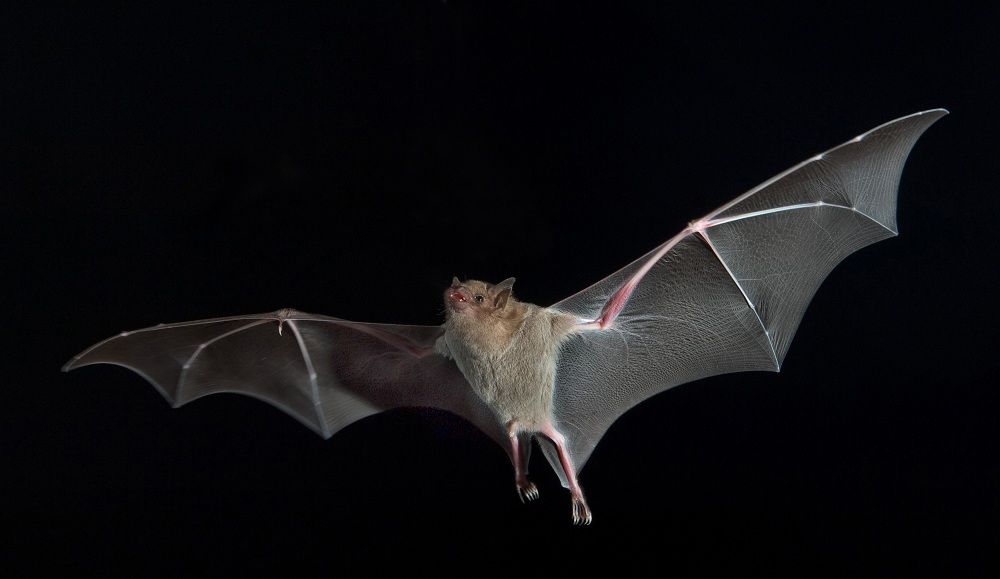BLUE HERONS
I don’t consider myself a bird watcher by any means, but while on the water fishing or just out for a cruise on our pontoon you can’t help seeing eagles soaring overhead, loons popping up next to the boat or baby ducklings following mama near the shore and those sightings never get old. Monica and I have seen Blue Heron many times, but last week while fishing off a point, I saw movement near the shoreline and realized it was a Blue Heron standing just off the bank about 20 feet from our boat. Being so close I stopped fishing, but Monica did not. As I watched this long legged, long neck bird, it was obviously fishing too. The only part of this blue heron moving was its head and that was extremely slow. Then one leg moved inches at a snail’s pace, followed by the other. At this point big blue stood motionless for over a minute, and with incredible speed the heron’s head shot under the water and emerged with a small perch. With breakfast caught, it turned, was on shore with a few slow graceful strides and disappeared into the woods. Our first closeup blue heron experience might have lasted 5 minutes, but during that short time, Monica out fished that bird three to one. Honesty, I didn’t know much about this bird, so I did a little research and thought I would share a few interesting facts. Obviously, they are blue/gray in color, and even though I was within 20 feet of this bird, I did not notice its bill and eyes were yellow.
* Blue Herons can live over 15 years.
* Eat fish, frogs, snakes and even other birds.
* Can reach 4 feet in height.
* Has a 6 feet wingspan and can fly up to 30 mph.
Male blue herons will find a new mate each year and both will build a nest, females will lay 2 to 6 eggs, and both will incubate those eggs. What I found amazing but have never seen is, their nest can be part of a group of nests (can be over 100 in some areas) called rookeries weighing down tops of trees and there are always herons on guard against predators like raccoons and other birds. If there is an intruder near a nest, Blue Herons will attempt to puncture their skulls with its bill and/or throw up on them. I SWEAR THAT IS TRUE and I found out it is against the law to disturb a rookery. Usually only 1 to 3 chicks will end up flying on its own in 8 to 10 weeks.
Not that any of us will notice this, but a Blue Heron can never be confused with the Sandhill crane while in flight, because Blue Herons fly with a crooked neck, while Sandhill cranes neck will be straight. Hopefully you learned something you didn’t know about Blue Herons, and I learned I might be a bird watcher.




